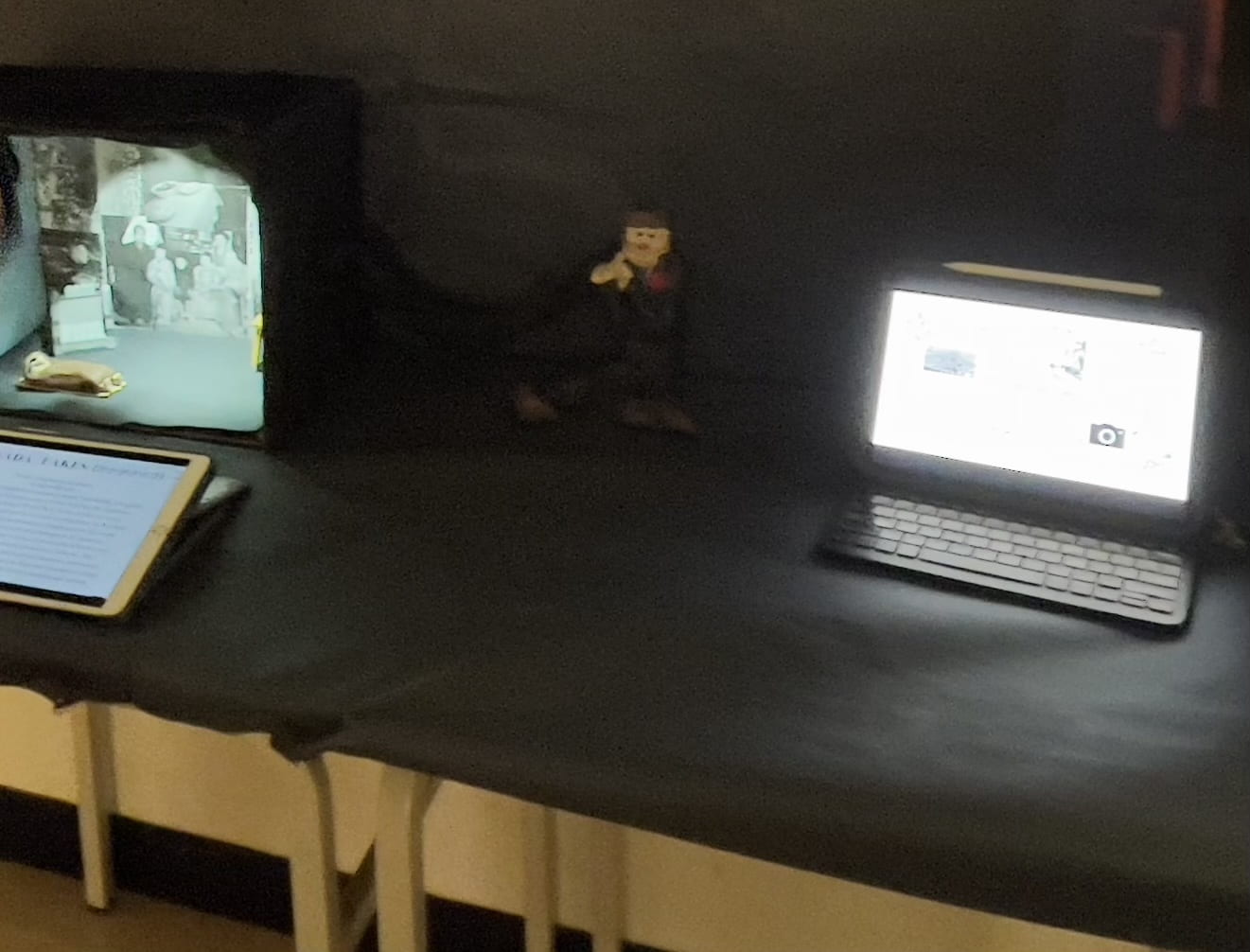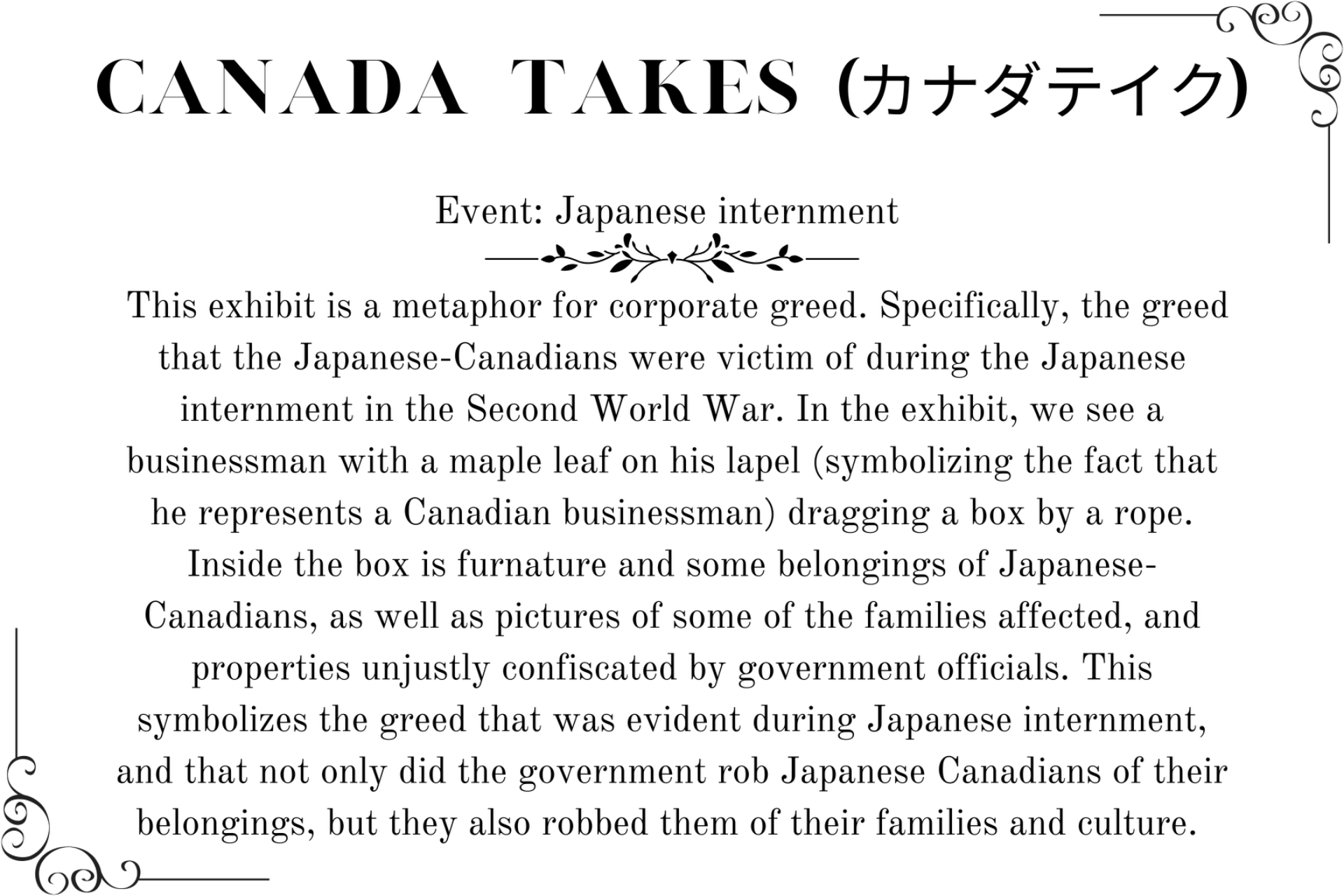Hello, it’s Dylan. Again. Today, as always, I will be talking about our latest project, which was called (you guessed it) “Ology of Apology”. In this project our driving question was “How can we keep apologies for past wrongs alive so they are remembered – and not repeated – today?”.
Throughout the project we looked at various examples of historical apologies for injustices – specifically those made by the Canadian Government for injustices they had done in the past – and discussed how they could be better, or what made them work well/be convincing. We also looked at what makes a good apology and how we could write apologies for injustices that have been committed in the past. After that, we learned about the Komagata Maru, Japanese Internment in WWII, and the Chinese Head Tax, the latter of which we had learned about in our previous project.
Next, we did a deep dive into historical perspective, ethical judgement, and our primary sources. The end goal for this project was to make a keynote presentation about the injustice we had been assigned out of the three aforementioned. I got the Komagata Maru Incident which I wanted, since it was the one I knew the least about out of the three. We looked at primary and secondary sources for our topics to build on the information we already knew about the events and prepare for our keynote presentations.
We had conferences with the teacher to figure out what we could change, add, or remove about our keynotes that we had made. With the critique we received, we revised our keynotes. That shouldn’t come as a surprise, since by now, I’m sure whoever is reading this has read other posts, and can see that revision, peer critique, and more revision is a recurring topic in PLP. I really like it since it’s very helpful to get other people’s perspectives on the work I do so that I can know what the feedback I get once I finish my work must be.
We wrote scripts for our own ethical judgements of the topics we had been assigned. There were no “right” or “wrong” judgements since they are all based on opinion, but our ethical judgements had to be based on fact and be backed up by historical evidence. Next, we recorded a narration of our scripts and handed those in to be marked.
The general consensus was that all of the events we learned about were horrifying violations of human rights where people were subject to awful conditions, and that is my belief, but if someone believed otherwise and had evidence and fact backing up why they thought that and why that was their opinion and presented it in a logical and convincing way, that would have also gotten a good grade.
The final product was a monument to one of the events we learned about. It was all incorporated in the Winter Exhibition so it was more of something we were assigned than something we chose. I worked with Zach and we made ours based around corporate greed and the Japanese Internment during the Second World War in Canada. In the past, I’ve had semi-negative experiences with exhibitions, but this one was actually a lot of fun. I really enjoyed explaining the work that we had done and it was a lot better than the other exhibitions. I think it was really great to have a positive experience associated with PLP exhibitions because chances are, I’ll be more open minded and even more excited for future exhibitions. For our monument we made a plaque, which we read out to the visitors and explained. We also used it to explain the monument we built. Here’s the plaque:
Here’s some pictures of the Monument we made. Unfortunately, they’re not great quality since the monument had to get set up in the room and the lighting wasn’t very good.
Anyways, that’s pretty much it. The exhibition went well and I’m proud of the work that Zach and I did, and I think that it fully represents the learning we did and the topics we were representing.
I hope you enjoyed all 703 words of this blog post and I’ll see you later.
Bye,
-Dylan.


Leave a Reply